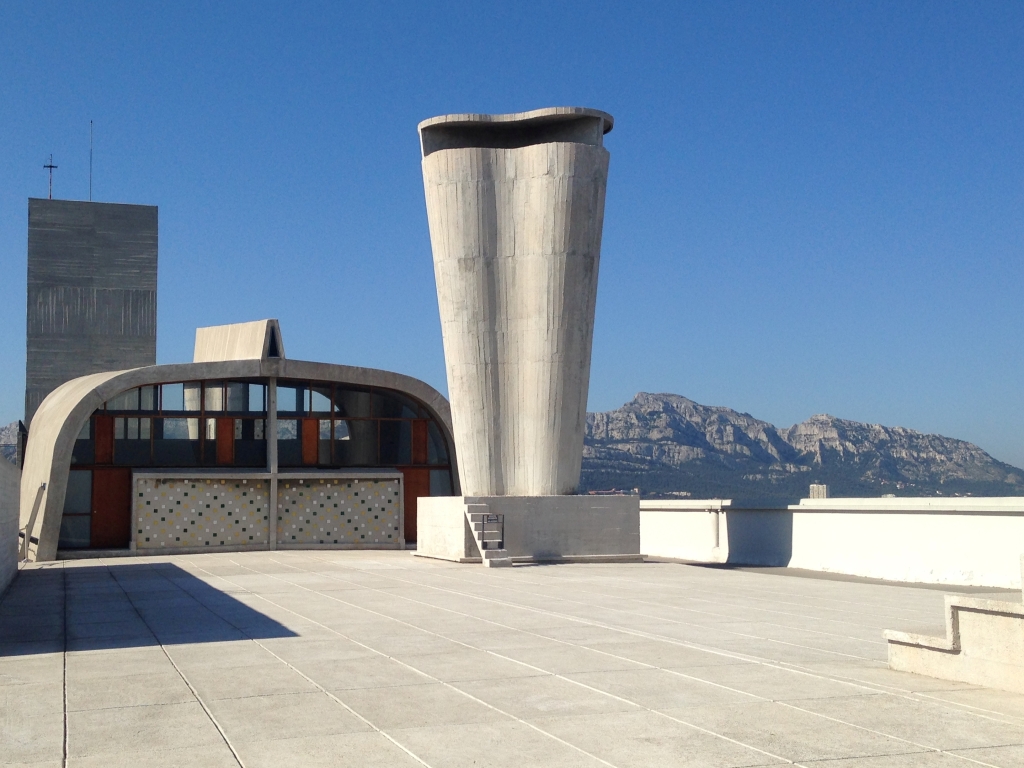France gets under your skin. It is, to borrow LP Hartley’s phrase about the past, another country: they do things differently there. Which might be stating the bleeding obvious but it was precisely its difference that enrolled me at a tender age. France was not Britain and I loved that. It was familiar yet different. Its cars had yellow-hued headlamps, its houses had balconies and shutters, and there were landscapes filled with vines and sunflowers. We might have had the Cairngorms but they had the Alps. We had Torquay, they had Cannes (let’s face it, the Mediterranean was always going to trump the English Channel).






I love being in a country that revels in flavour and design. Swooning over the variety of mushrooms heaped on a market stall or admiring the exposed iron frame of a church. Marvelling at housing estates with colonnades of antelope legs or gleaming white Riviera mansions. I love the sheer Frenchness of everyone wearing a scarf and smelling so damn good.

And then there was Le Corbusier. He got under my skin, too. As a teenager reading about modern architecture, his white concrete boxes on stilts seemed stark and uncompromising. I couldn’t work out exactly why his chapel at Ronchamp was so revered but I wanted to find out. I wondered if his Unité d’habitation housing blocks really were responsible for all the dilapidated council estates throughout Britain, as some people said they were. Always, there was something that pricked my interest. That interest was nourished when I studied his work at university and finally blossomed into full-blown fandom as I started to visit his buildings. As the son of a scientist I’ve inherited my father’s tendency not to take things at face value and to demand proof that something is what it says it is. So I looked at Le Corbusier’s buildings with a critical eye and lots of questions, wondering what made them so influential. I wanted to know what they felt like to walk into, if they felt cold and austere or warm and welcoming.

France didn’t escape my critical eye, either. I’m fascinated by the way they’ve invented so many everyday objects, like the pepper grinder and the coffee plunger, and have a thing for perspex and the look of the future, and yet they’re so obsessed with tradition, maintaining the status quo and doing things the ‘correct’ way? Is that why modern Paris still looks like Paris and not like every other international city? Whether I was having lunch with les dames at the Café de Flore or travelling through the Pyrenees, I saw different things that made me understand the country and its people a little better.

So I wrote a book. It’s about my travels through France to visit many of Le Corbusier’s most iconic works. Concrete and croissants: a journey through France with Le Corbusier is many things. It’s also a personal reflection on France and French design. There are endless diversions, like falling under the spell of a particular village, contemplating the design of French cars and perhaps being too forward at a French pharmacy. France provides stories at every turn. And that, in my book, deserves, well, a book.
Concrete and croissaints is available through your local Amazon website (click here for Australia, here for the States, and here for the UK). Come on my journey. Let me know what you think.




The book sounds wonderful Colin. We’d love to buy a signed copy! Guess you’re not travelling with supplies?
<
div>B & K 😊😊❤️❤️
<
div>
<
div dir=”ltr”>
<
blockquote type=”cite”>
LikeLike
I can see I might have to wear one of those thief coats, with concealed pockets in the lining, so that I always have a copy to hand…
LikeLike
Shopping opportunity. It’s your other book “Loving Corbusier” that interests me. There is much that I dislike about his work. His preference for theory over reality reveals what amounts to a shadow side of the French character. Well, that and the womanizing.
The house in Poissy may be an architectural icon, but it is unlivable. Even the clients didn’t actually live in it. Pilotis create wind tunnels. I often see them filled in with restaurants and shops, a telling nod to function over form. The utter failure, amounting to a refusal, to design for the messy reality of life is a failure of early modern architecture in general, Corbu’s in particular. His later work is not only more approachable, but less likely to be an ordinary, practical building. Ronchamps can be so lovely precisely because it is simply a big box, a giant sculpture.
You’re a fan? I look forward to reading a persuasive argument for that. Seriously, you’re a terrific writer. If anyone can change my mind, you can.
LikeLike
What a fabulous appraisal of his work, Lynn. I should quote this in full on the cover! You might have to forgive my occasional wearing of rose-tinted specs re his work and France in general although I’m sure you’ll appreciate my bit about Villa Savoye feeling like a house you can sluice out. I think the utter conviction of the early Modernists is something to behold, even when it was frequently proved to be impractical. I hope I can, at least, inject old LC with a touch more humanity than many credit him with (and thank you for your lovely compliment). I remain braced for you evaluation. :))
LikeLiked by 1 person